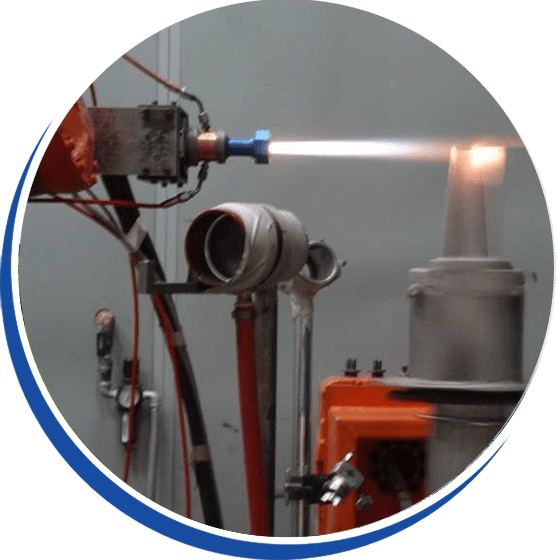Servo motors may be small, but don’t let their size fool you. It’s amazing how many uses this machine is capable of. It is used in various industries, from toys to robotics, food service, and pharmaceutics.
Learn more about servo motors, the two types, and their functions by reading this article.
What is the servo system?
A servo system is an electro-mechanical or hydraulic system that uses error-sensing negative feedback to alter the movement of a device to a specific point. It acts as a controller, which ensures that the mechanism’s rotational or moveable part remains at the desired set point.
It has two types that vary based on the supply it uses: AC and DC. AC servo motors make use of electricity, which includes frequency and voltage. On the other hand, the DC servo motors depend solely on battery.
When it comes to AC servo motor vs. DC servo motor, both systems make use of the microprocessor and transistors to bring out a high power control during application.
How does servo drive work?
The servo drive ensures that the servomechanisms receive the required amount of power with the aid of an electronic amplifier.
It prevents the mechanism from deviating from its standard position by monitoring the signal, which will indicate the new position to move as a high amount of power is supplied.
What is the function of the servo motor?
The servo motor’s purpose is to control the movement and position of the servo shaft once a control signal determines the desired output position is received. It tries to supply enough power to the DC motor when a signal of a new position is received so that the shaft can easily move to the new position.
What is the AC servo system?
When it comes to AC servo motor vs. DC servo motor, the AC motor is slightly different from the DC motors based on the ability to use electricity. The AC servo system makes use of an encoder that provides high accuracy when running.
This encoder improves the controlling accuracy of the AC motor during applications. The AC servo motors are designed to acquire an accurate output result when implemented in the robotic or automotive device.
What is an AC servo motor & drive?
The AC servomotors & drive make use of an electronic amplifier to power servomechanisms based on the received signal.
The AC servo motors include:
- Linear servo motors
- Positional movable servo motors
- Continuous servo motors
What is the DC servo system?
The DC servo drive utilizes the DC supply for winding. It can be controlled through the field current or armature current and each of them has its benefits depending on the specific application.
The DC power source gives it an easily controllable feature due to its inductive reactance feature.
How does a DC servo motor work?
The DC servomotor is a rotary actuator that is comprised of resistors and gears that aid in the control of the angular or linear position. The DC servomotor works efficiently in a closed-loop system and an open-loop system with lots of benefits depending on the type of device or controlled equipment.
The DC servo system comprises different types of motors, which include:
- Series motors
- Split motors
- Shunt control motors
- Magnet shunt motors
- Brushless DC motors
How is the speed of the DC servo motor controlled?
The servo motor speed can be controlled through the armature voltage or field current. The reason for this is that the DC servo drive utilizes batteries to run at sufficient speed.
Even when the gears and shafts are connected, the motors run at high torque rotating in the position of the received signal from the control circuit.
Conclusion
Servo motors are a popular mechanism widely used in applications that require steady vibrations. Servo motors are mainly used in automation and robotics mechanisms that use chips, a microprocessor that accepts commands.
Even with the slight difference between the AC servo motor vs DC servo motor, each of them is important and serves different purposes according to its application on certain devices.








